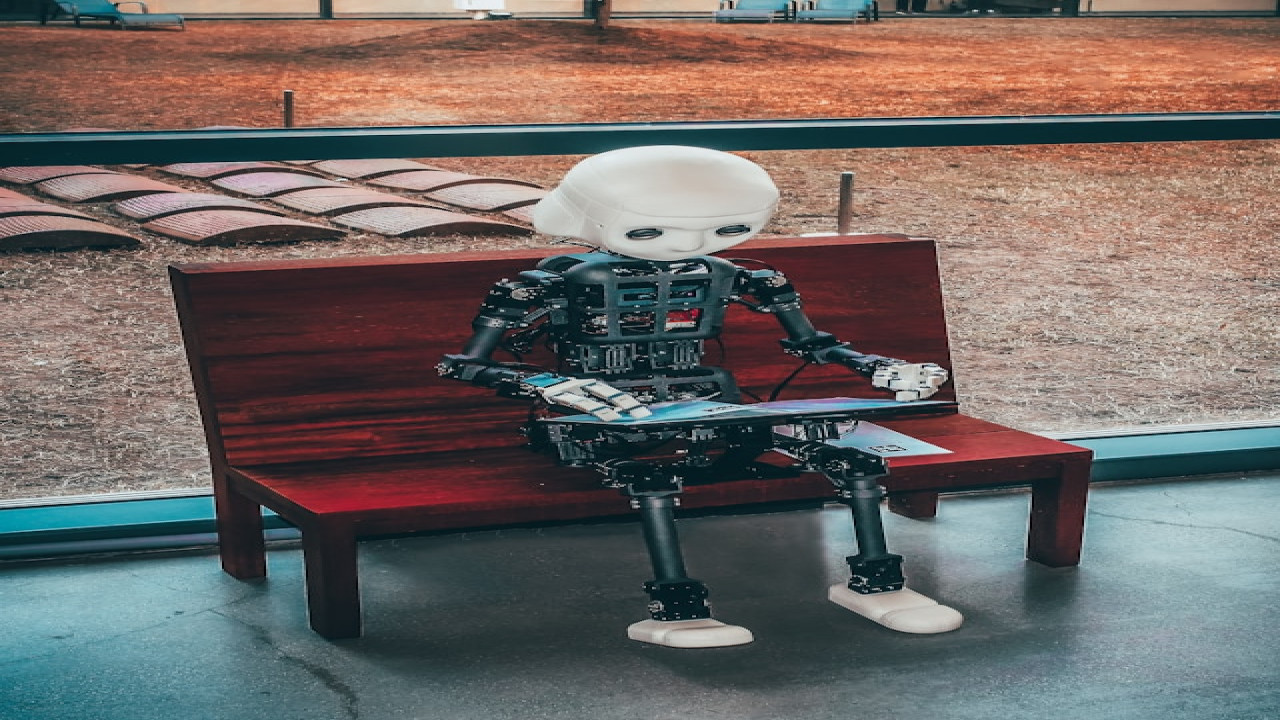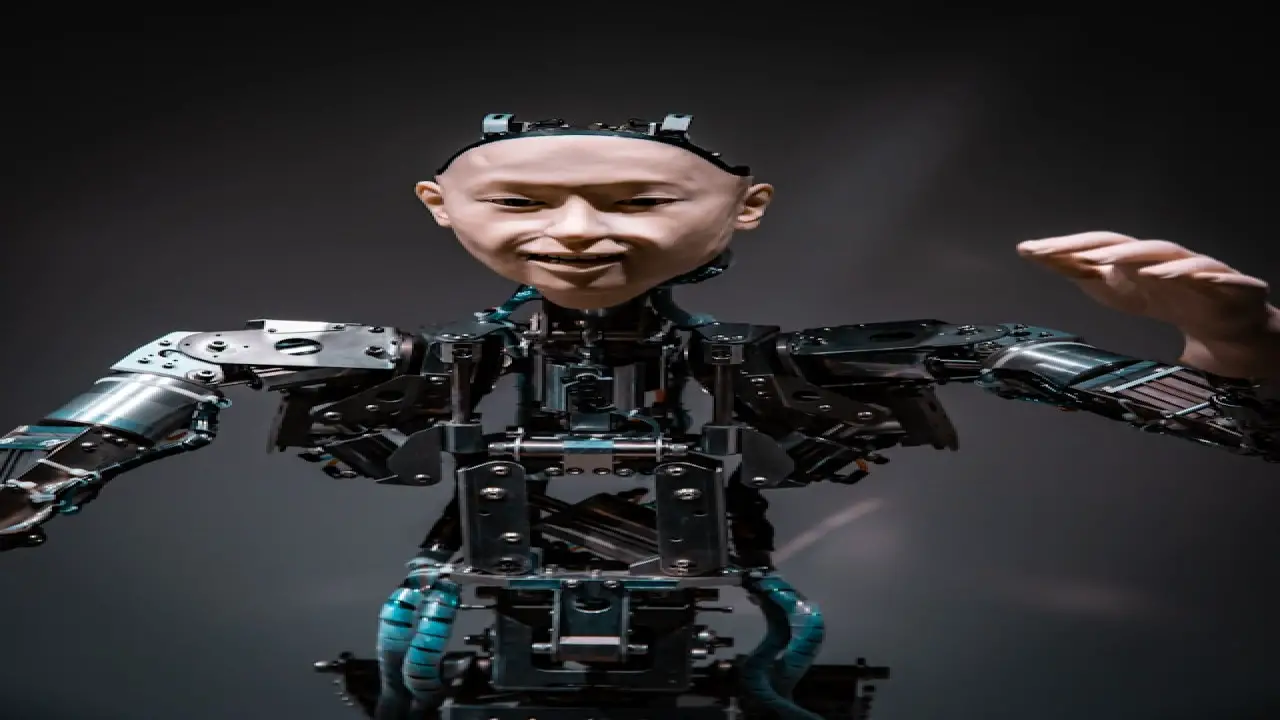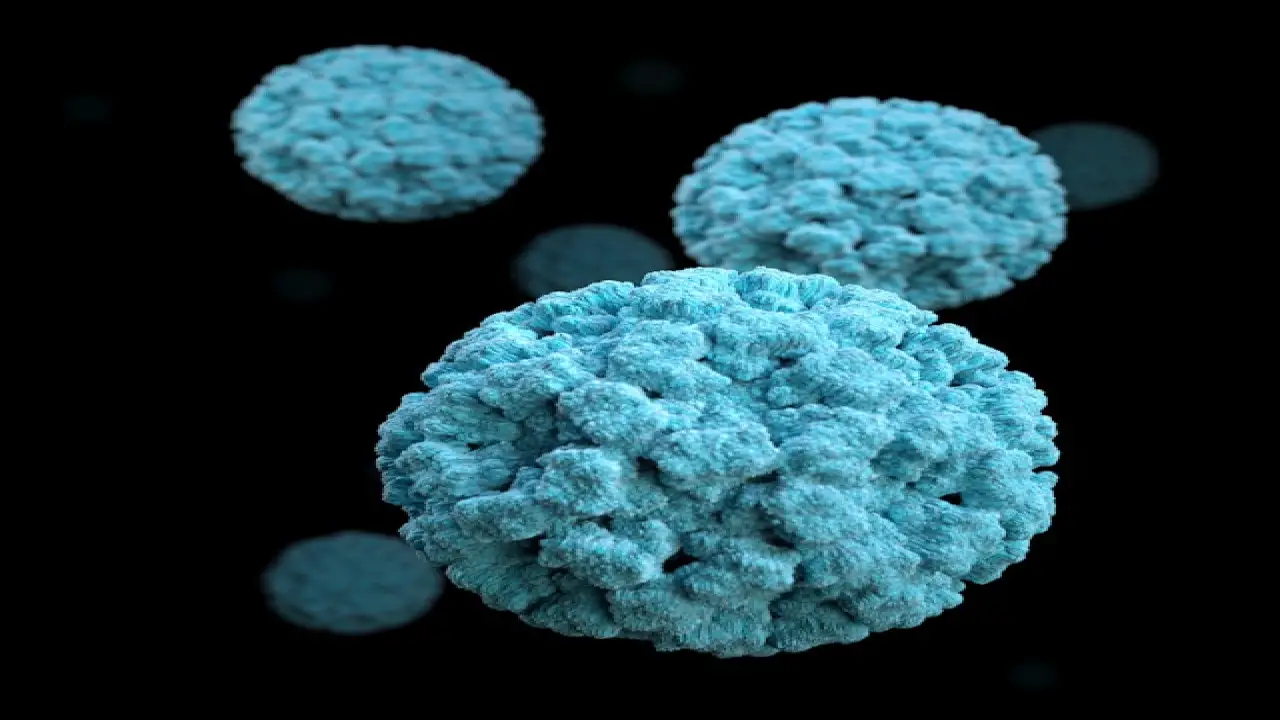The Creative Frontier: Unveiling AI's Mastery in Image Generation
AI-generated images can be created using various techniques, including generative adversarial networks (GANs) or deep learning-based approaches. Here's a simplified process of how an AI could generate images for an article:
-
Input Data: The AI needs input data to generate images. This could be textual descriptions, keywords, or even a combination of both. For example, if your article is about "sunset at the beach," the AI would use this information to understand what kind of image to generate.
-
Training: Many AI models are trained on large datasets of images to learn patterns and features. During training, the AI learns to generate images that resemble the input data.
-
Generating Images: Once trained, the AI can generate images based on the input provided. It uses its learned knowledge to create images that match the given description or title. The AI can adjust various parameters to control the style, colors, and composition of the generated image.
-
Title and Description: The AI can also generate titles and short descriptions for the images it creates. This could involve natural language processing (NLP) techniques to generate text that describes the content of the image or relates to the article's topic.
-
Refinement: Generated images may undergo refinement processes to improve quality or ensure they meet specific criteria. This could involve adjusting colors, enhancing details, or removing artifacts.
It's important to note that while AI can images url generate and text, the quality and relevance of the output depend on various factors, including the quality of the training data, the complexity of the task, and the capabilities of the AI model. Additionally, human oversight is often necessary to ensure that the generated content meets the desired standards and objectives of the article.









Comments (0)